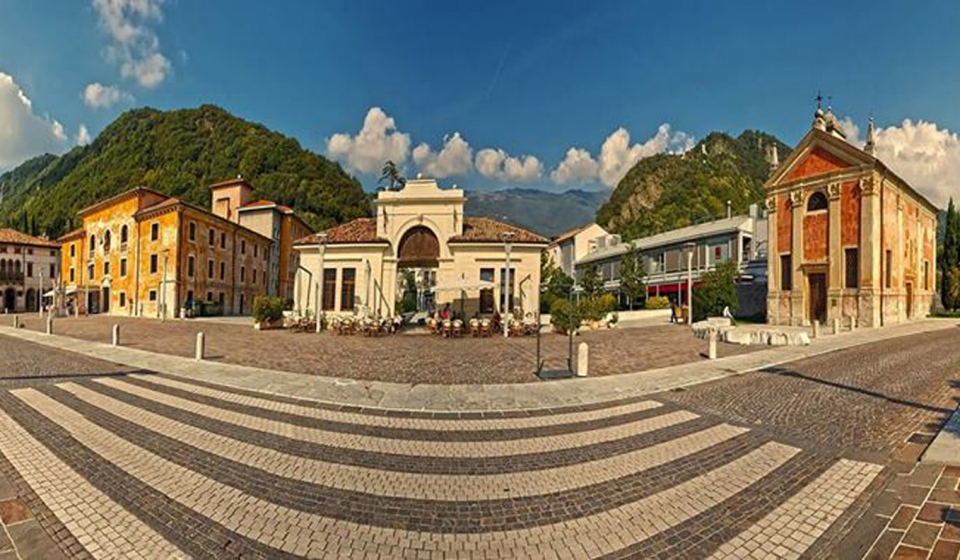 Ph © Matteo De Rosa Diritti Riservati Vietata ogni Riproduzione
Ph © Matteo De Rosa Diritti Riservati Vietata ogni Riproduzione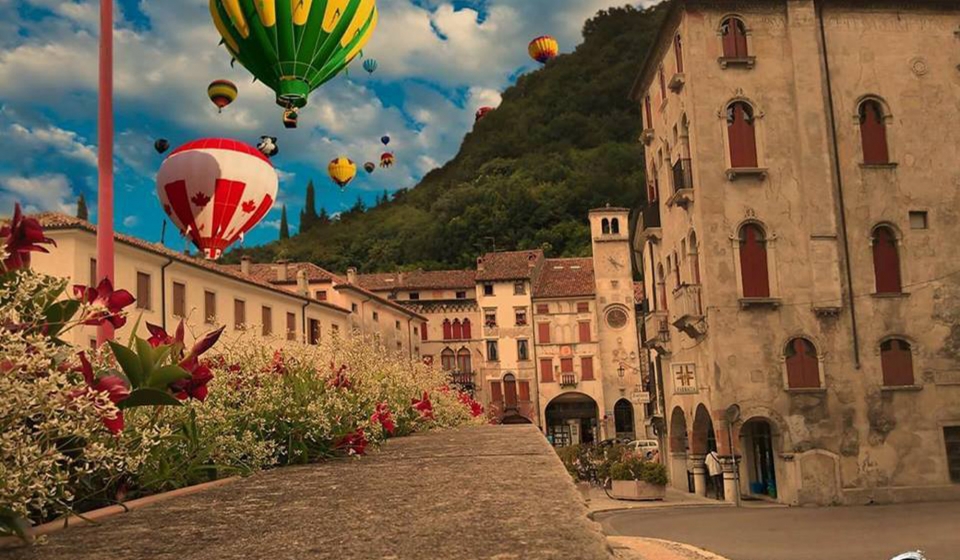 Ph © Matteo De Rosa Diritti Riservati Vietata ogni Riproduzione
Ph © Matteo De Rosa Diritti Riservati Vietata ogni Riproduzione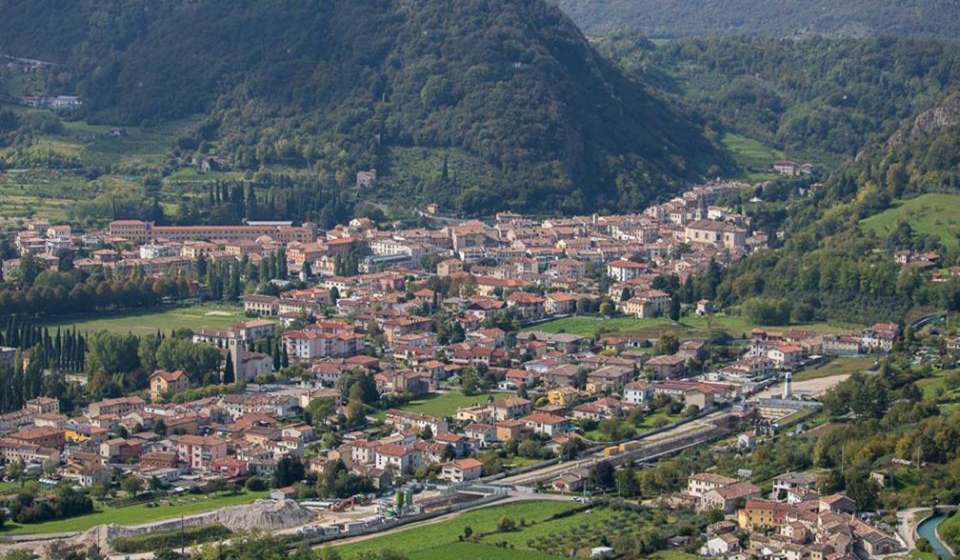
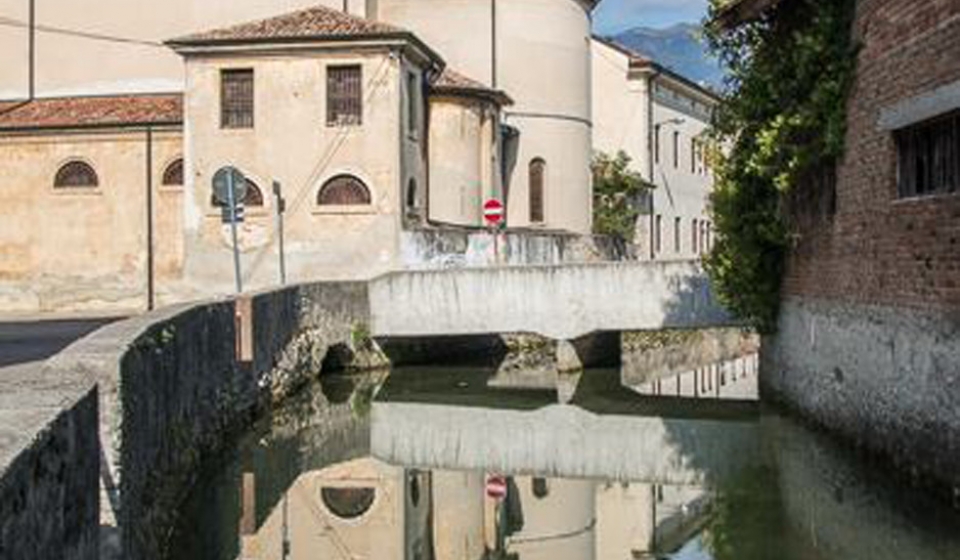
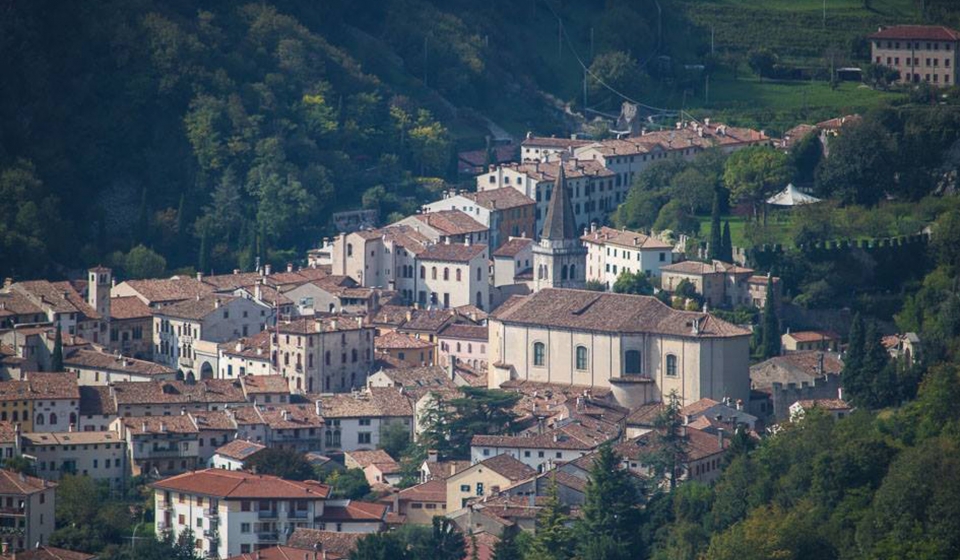
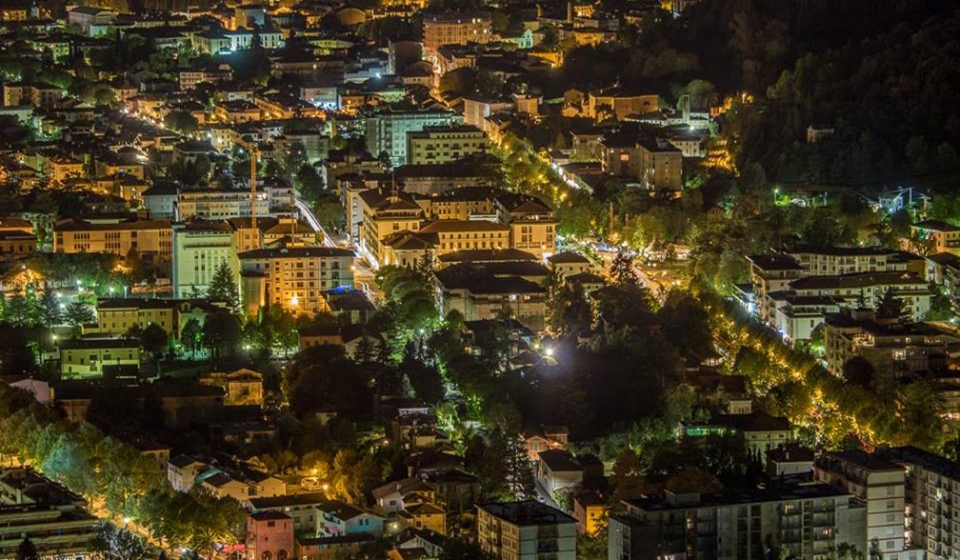
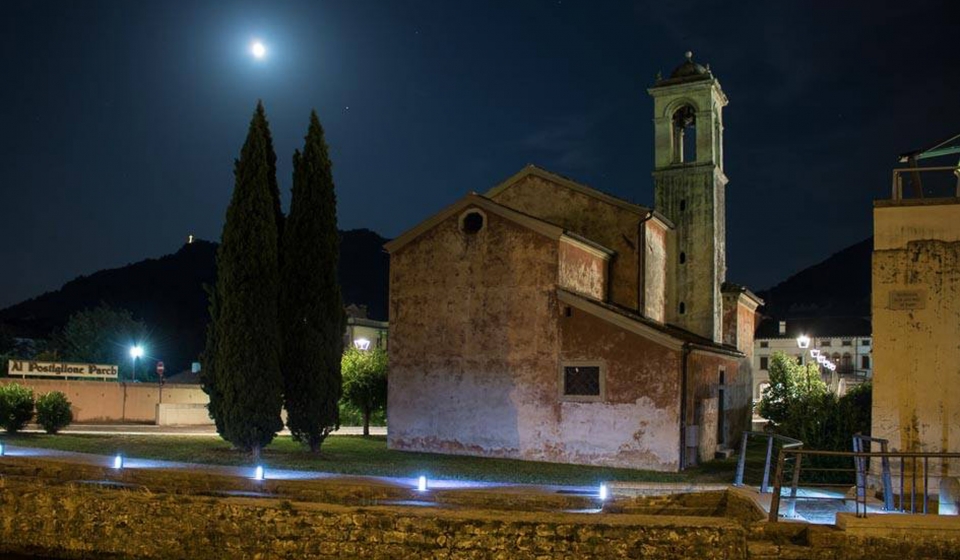
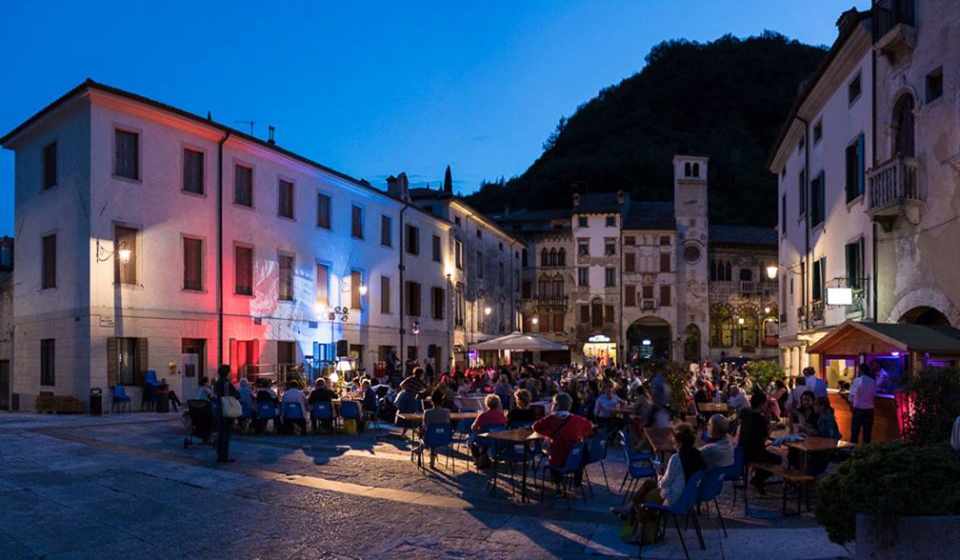
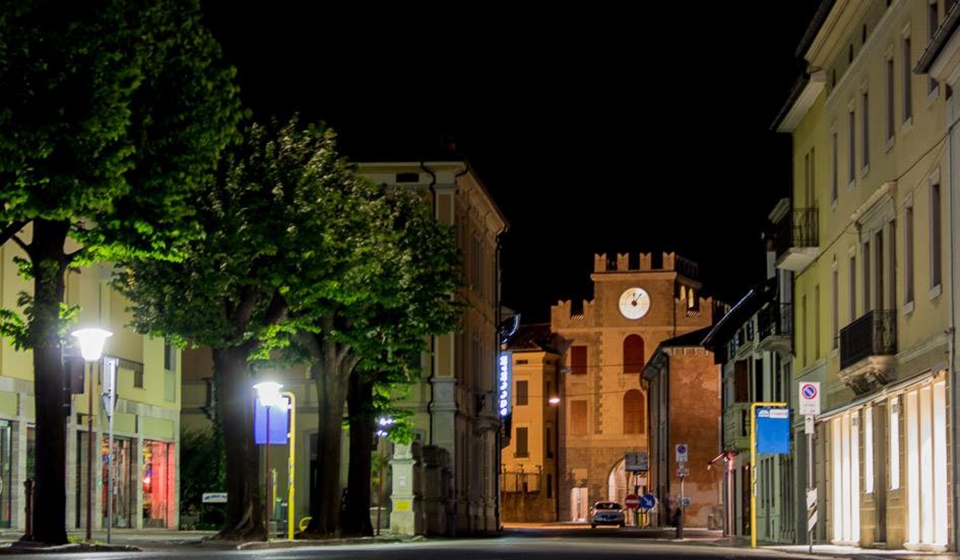
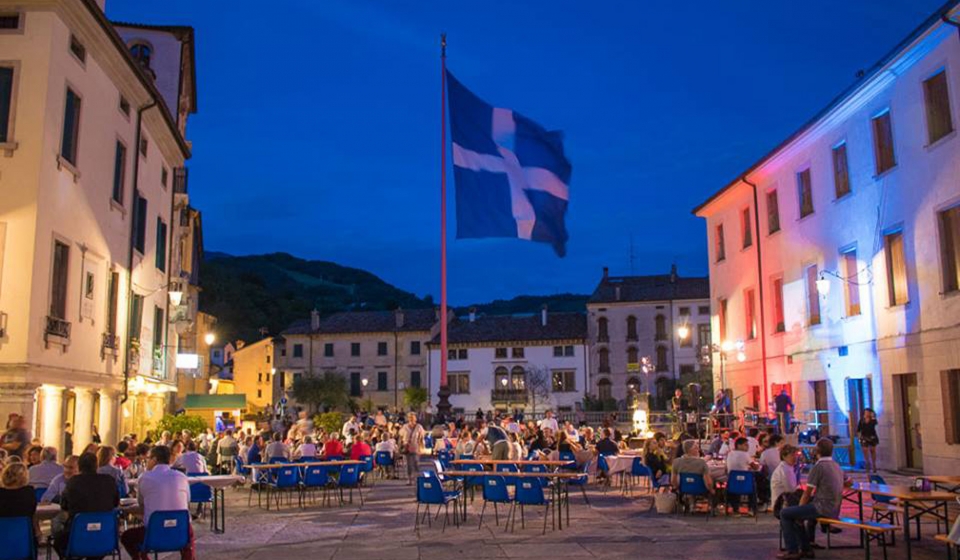
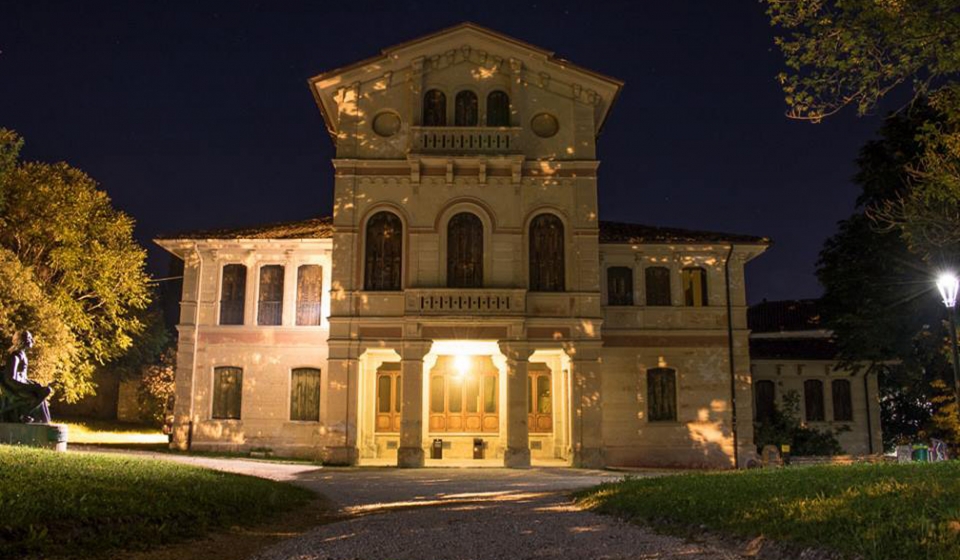
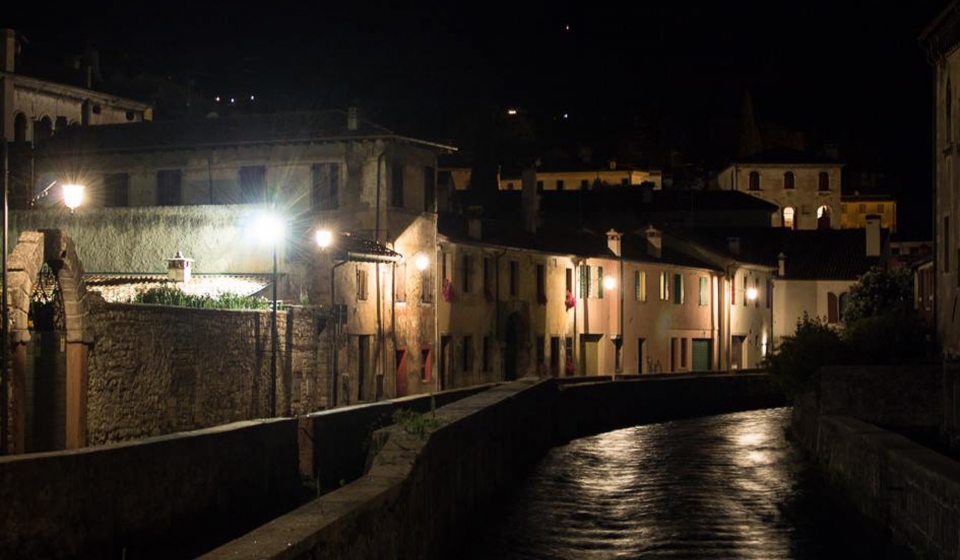
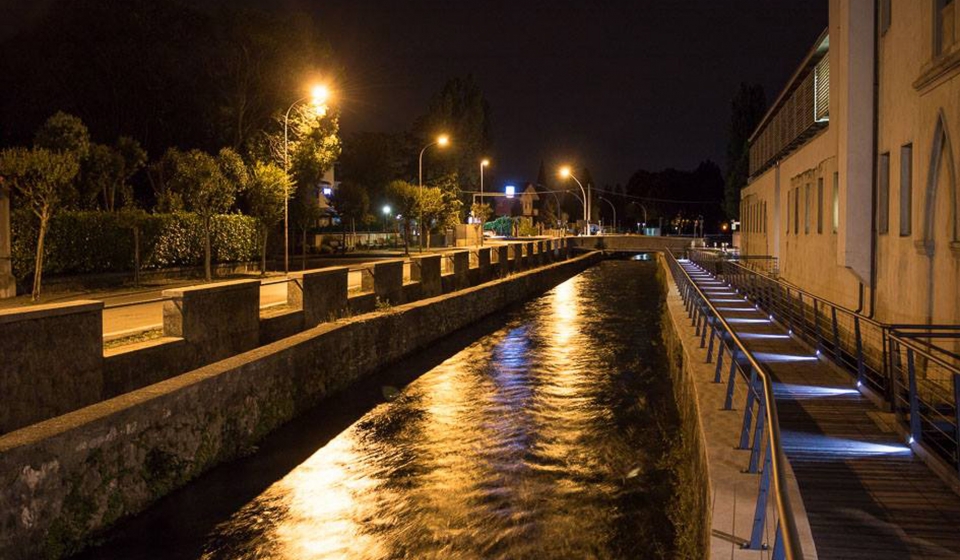
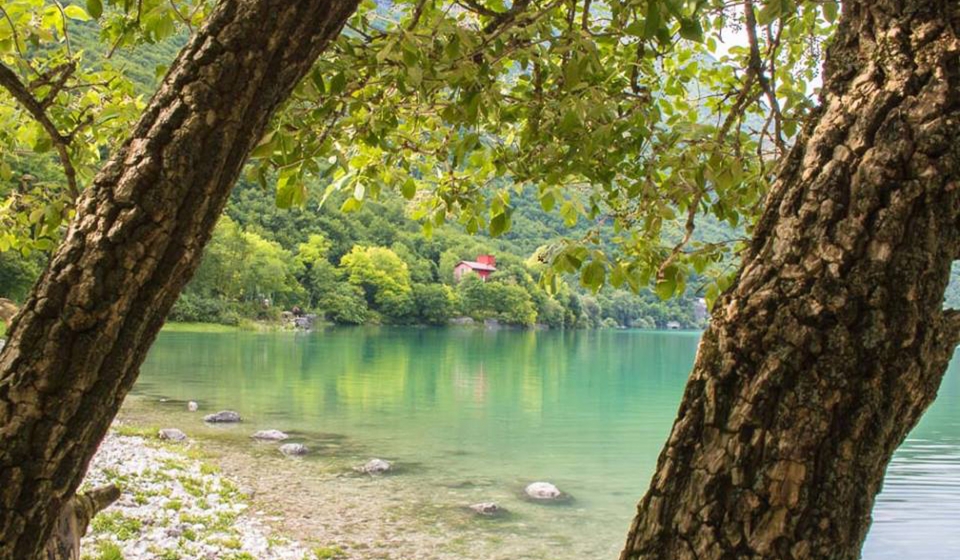
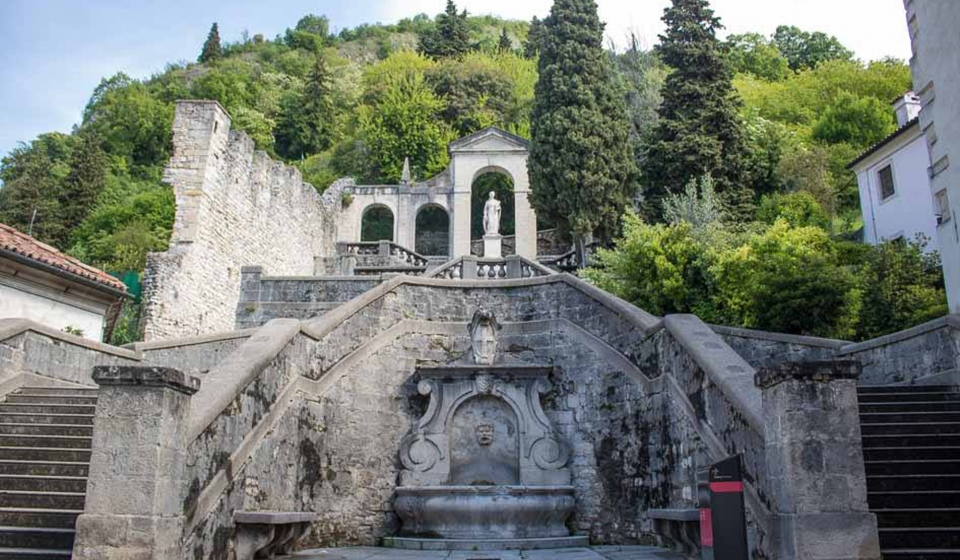
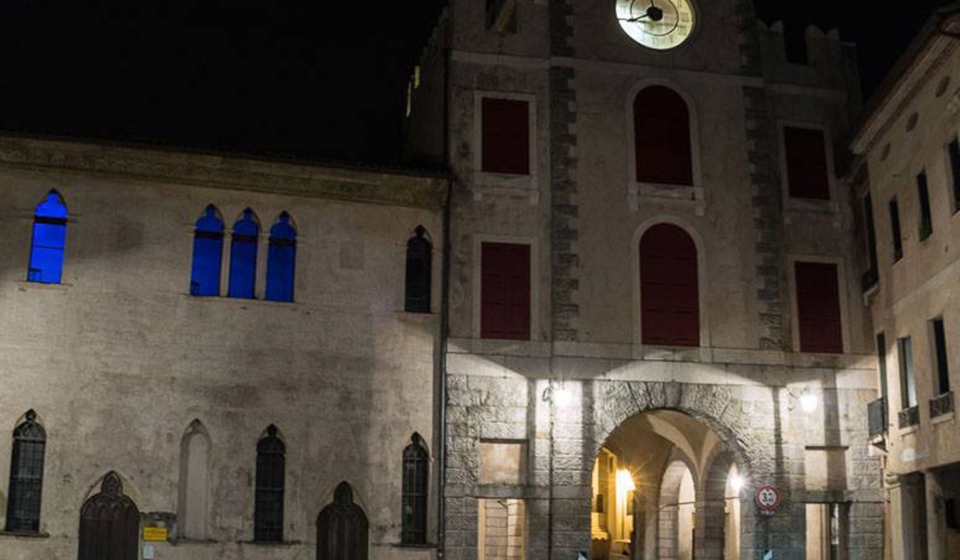
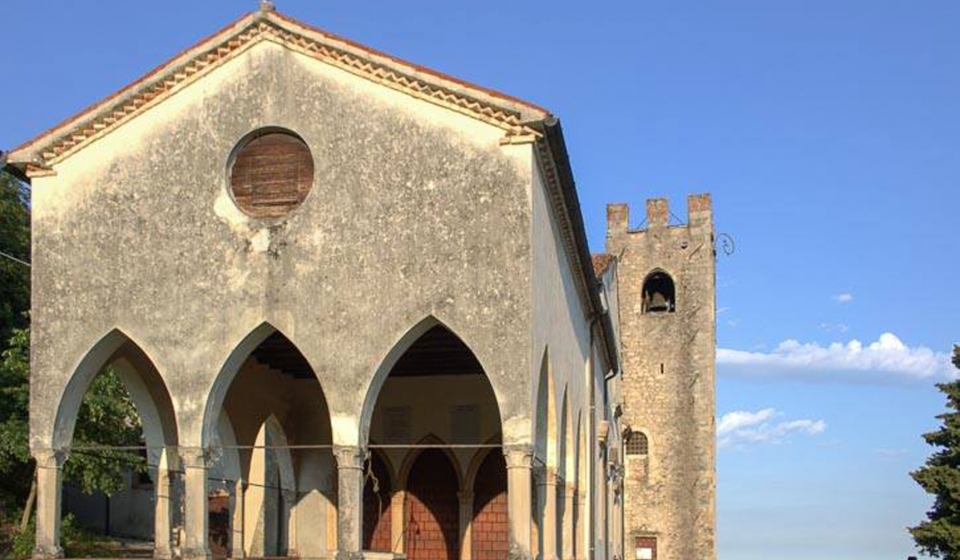
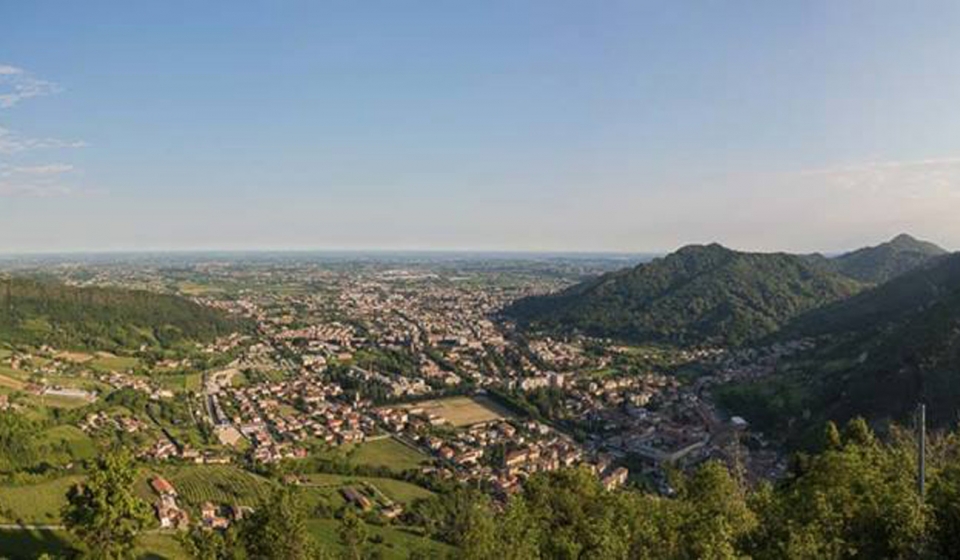
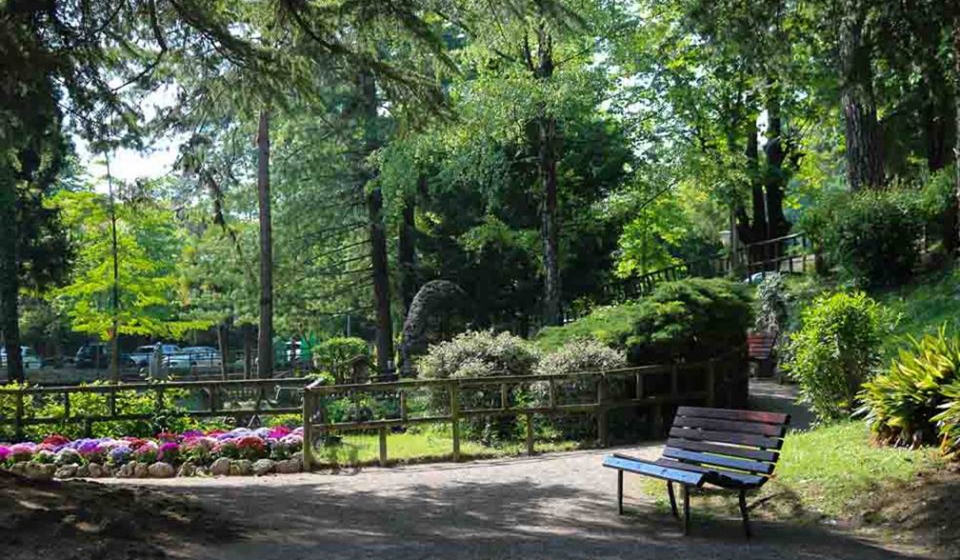
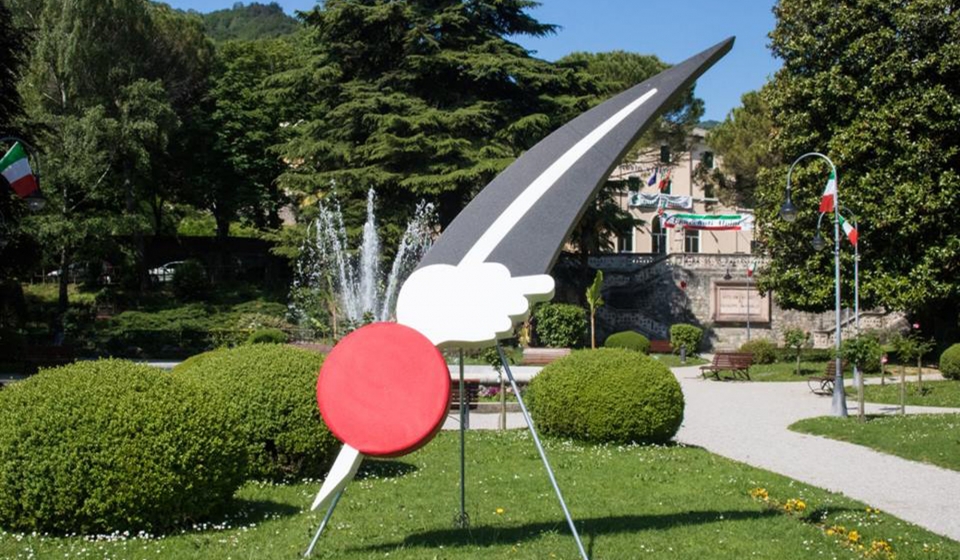
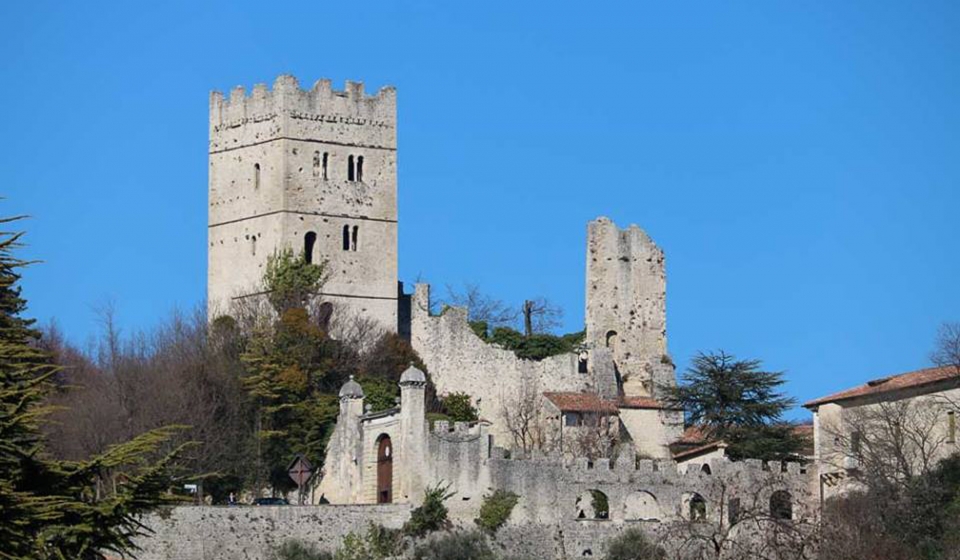
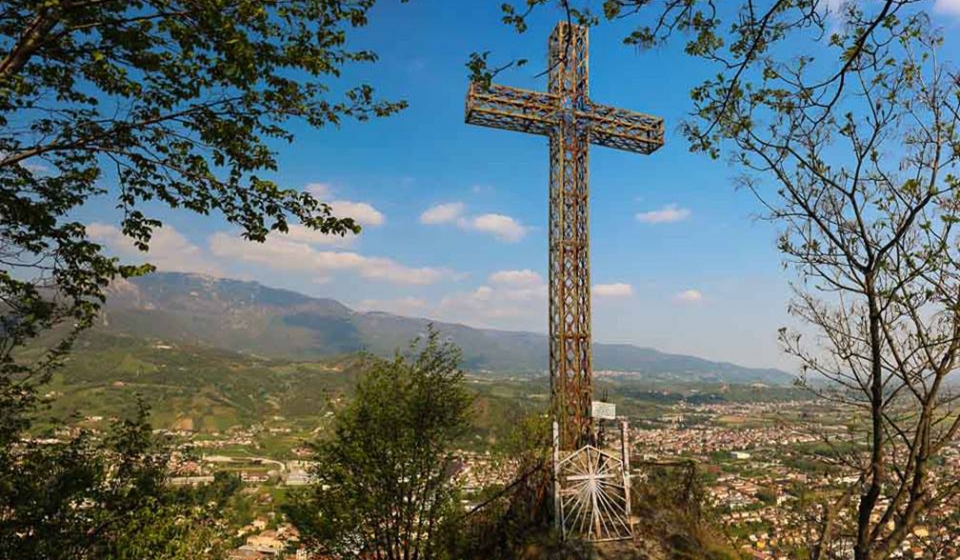
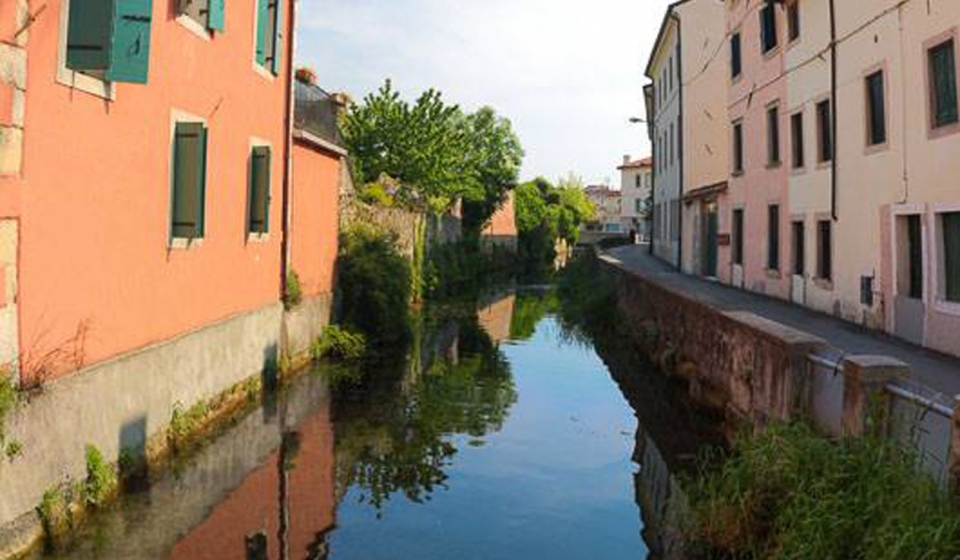
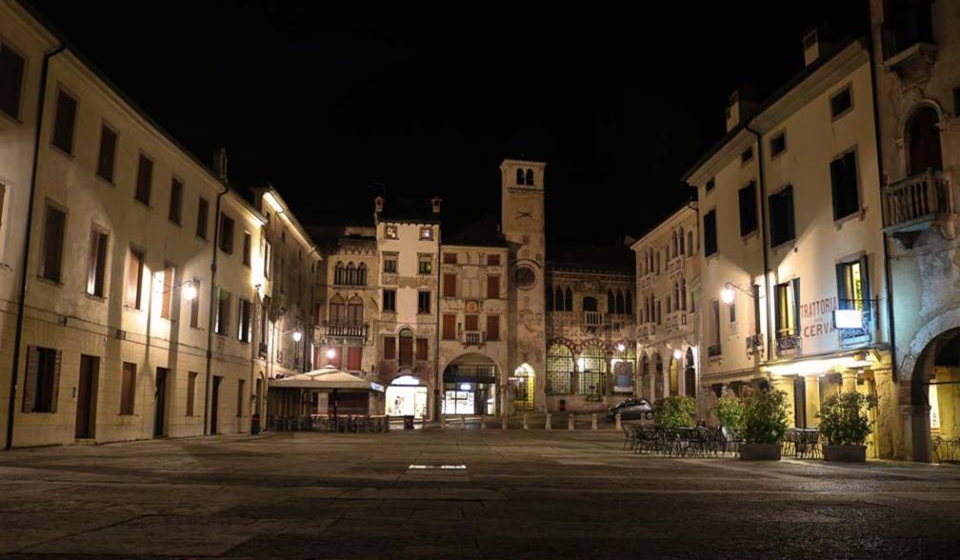
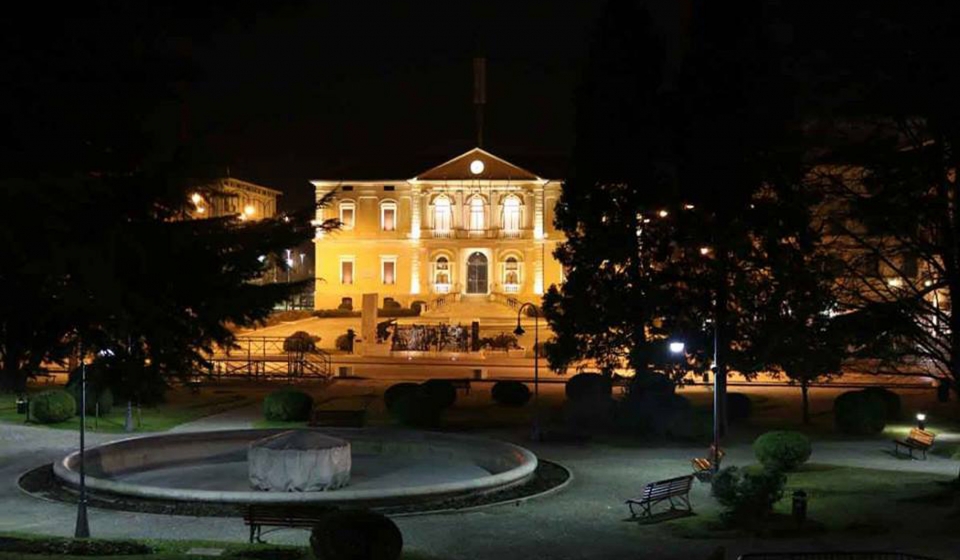
Encircled by the hills of the Venetian Prealps, at the foot of the Dolomites Alps, looking at the plain leading to Venice and Padua and to the Adriatic beaches, Vittorio Veneto is waiting for you. This small town ( 30.000 inhabitants) boasts one of Italy's most beautiful Medieval settlement, like the Flaminio Square in the town of Serravalle, completely surrounded by Middle Ages and Renaissance buildings. The city is a mine of art history treasures, and it is, at the same time, the most convenient departure point for your easy one day tour by car to explore other Venetian old towns all connected by a convenient highway: Venice (62 km), Padua (102 km), Vicenza (125 km), Belluno (41km), Asolo (61 km). The pink Dolomites paradise is reachable with a day trip, you can take the cable car of Tofane ( 3000 msl), enjoy breathtaking landscapes of mountains and forests, and be back in your villa or apartment before nightfall. You can also reach the sandy and sunny beaches of Adriatic sea ( Jesolo, Caorle, Bibione, Lignano) within a short car drive.
“We had wonderful week”
by Kerstin and Nisse - member TripAdvisor (Sweden)
Beautiful surroundings with high hills, ancient buildings and great food. We were warmly welcomed by people in charge of the apartments. The town has a cozy atmosphere with several small Trattorias that serve splendid cappuccinos, espressos, wine, gelatos and tasty local dishes. We highly recommend a stay in Vittorio Veneto to everyone keen on travelling.
Self catering holiday accommodation
If you prefer to spend a quieter holiday, without being busy with tours or with out of town car drives, you can stay in Vittorio Veneto itself or in its nearest surroundings, and play any kind of outdoor activities (golfing, riding, biking, hiking). Vittorio Veneto is surrounded by hills with fields, vineyards and forests, and also by mountains 1500msl: for this reason is a paradise for those who enjoy walking and cycling. It is also very pleasant and enjoyable to spend the day walking through the paths in town, rich of gardens, villas and antique buildings. A very large street market is held at on Mondays.
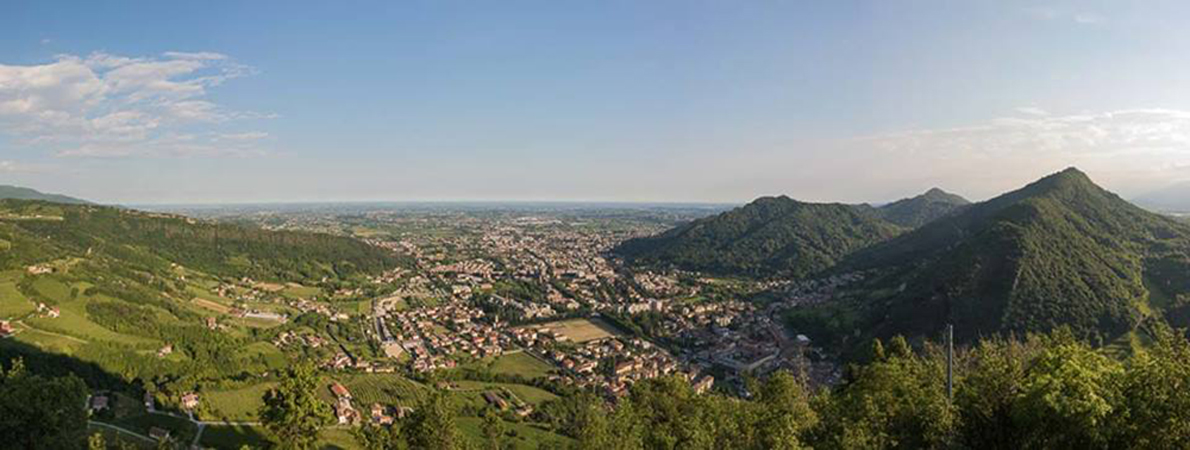
The districts of the city
In the past there where two clearly divided settlements, Serravalle of Roman origin and Ceneda of early Venetian extraction. In the Middle Ages the walled town of Serravalle was a feud of the Signori Da Camino. The town was well known for the temper and strength of the blades and the swords forged by the masters of Serravalle and Ceneda as to do so you’d have to deep the blade in the constant temperature of the Meschio river water (11°C).
The two towns have been unified in 1866, when the whole Veneto beca me part of the Italian Kingdom, and the new town took the name of Vittorio, in honour of the king Vittorio Emanuele. The final battles of the First World War along the river Piave, and on the hills of Grappa and Montello, which decided the defeat of the Austrian army, lasted ten days, since October 24th to November 3rd 1918. At the end of the Second World War Partisans fought against Nazi-Fascist troops on the mountains surrounding Vittorio Veneto.
CENEDA
| Cathedral of Ceneda This church entitled to the Blessed Virgin Mary our Lady of Assumption was rebuilt in a neo-classical style by the architect Ottavio Scotti in the years 1740-1773. The interior, formed of a nave and two aisles, contains good paintings by various authors and an altar-piece dedicated to the Blessed Virgin painted by Antonio Novelli in 1797. The steeple, a tower with battlementes, was probably a fortified tower in the past |
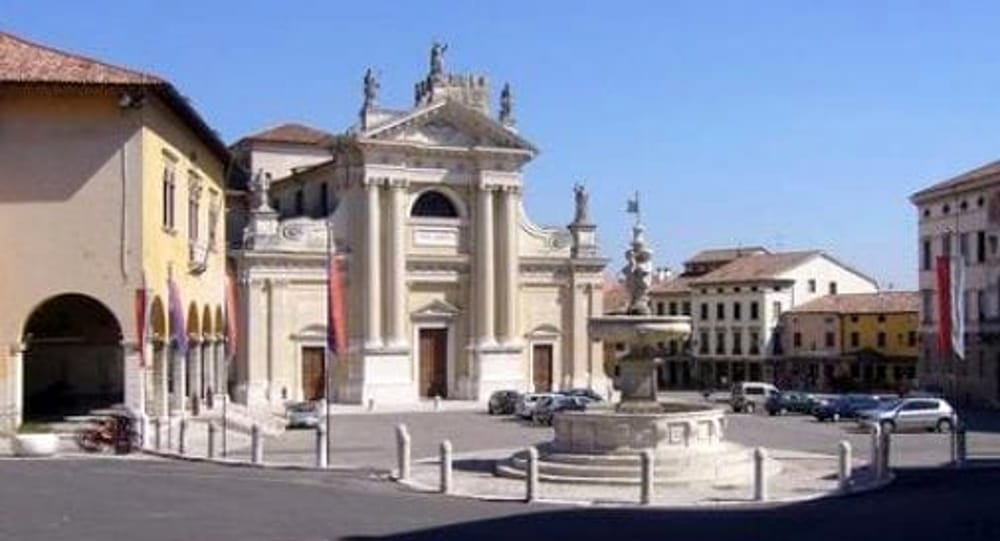 |
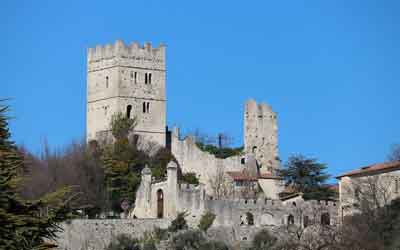 |
St Martino Castle This Castle, built in roman age, is the Ceneda's Bishops residence from 994. Partially destroyed by the hungarian invasions, the bishop Correr rebuilt it in the years 1420-1430 and later on it has benn repaired many times. The castle, an impososing, solid construction facing the town, has two towers and is partly surronded by an embattled wall |
| Bishop Seminary Palace Its origin dates black to 1587, it was then widened. In the palace there is a library of 35.000 books, many manuscripts and miniated codices. The palace also contains the new Diocesan Museum of Sacred Arts entitled to Albino Luciani (Pope John Paul 1st) and the Natural Science Museum entitled to Antonio De Nardi |
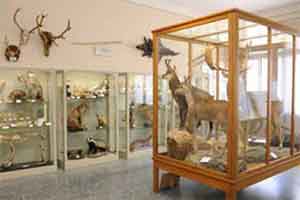
|
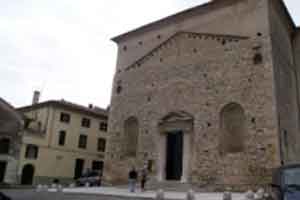 |
St Michele Church Built in 1838 -1854 in a neoclassic-ionic style and planned by the architect Francesco Lazzaris it contains an altar-piece made by Giovanni De Min in 1859. |
| Battle Museum The museum, created in 1938, is insid e a palace, the ancient town hall of Ceneda. It contains a collection of documents, arms and relics about World War 1 and the Austrian invasion (191 7-1918), ali dispos ed in nine rooms. The palace, planned by th e famo us architect Sansovino (1486-1570), was frescoed by Giovanni DE MIN (early XIX Cent.). The loggia of the palace was frescoed by Pomponio Amalteo in 1536-1538 |
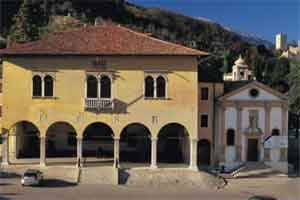 |
MESCHIO
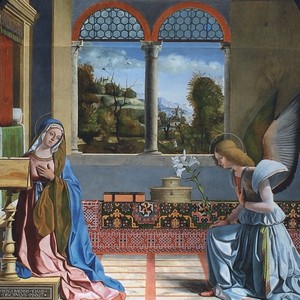 |
St Mary of Church This old church, partially rebuilt in 1573, wa s w i de n ed and transformed in a nave and two a isles structure in 1869. Its altar-piece, a true masterpiece represent ing The Annunciation, was painted by Andrea Previtali in 1514. |
COSTA
| Santuary Madonna della Salute Placed midway to a path wh ich ascent starts in Via Dalmazia, the Sanctuary was built in 1729 in the piace of an ancient church. From the church consacred ground you can enjoy a superb panorama of Vittorio Veneto and the surrounding mountains. |
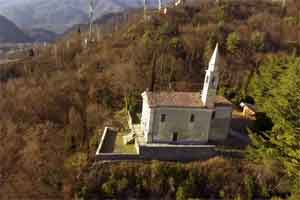 |
TOWN CENTRE
People Square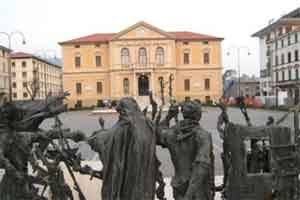 |
This square, centre of the town, was created when the two boroughs of Ceneda and Serravalle joined togheter in 1886 to form Vittorio Veneto. The town hall faces the square which is embell is hed with a fountain. Opposite you can fìnd another fountain and bloomed flow er-beds. The War Memoria! monument sculpted in 1968 by Augusto Murer stands in front of the town hall. Opposite to the square, the Mount Altare rises high above with its cross-adorned peak. |
SERRAVALLE
| SS Lorenzo and Marco Church This church, built in 1348, presents a simple goth ic style façade. The interior-made up of a nave and two spans (the third one was pulled down) with cross vaults-is wholly frescoed. There are many scenes showing St Lorenzo's life and other gothic ymbolism. The frescoes made in a Venetian-gothic "devotional" style, covers a surface of 174 squared metres. They were painted by unknown artists of 15th century |
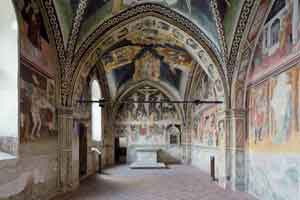 |
 |
Square Marcantonio Flaminio This square, already known as "Forum Serravalli", is entitled to Marcantonio Flaminio a poet from Serravalle (1498-1550). The largeness of this square rem inds the style of Venetian "campo" (i.e. square). lt was the point of departure and arrivai of commerciai routes in the past. These elements, together with its natural beautiful position, convey importance. Partly encircled by the river Meschio in the east and by important palaces as the Cenedese museum in the west, Cesana Bonaccorsi Palace (16th c.), Cesana Piazza Palace (1485) n° 9, Antonioli house (XV-XII C.) in the north and by Gandini House (15th C.) and the Monte di Pietà (p awnshop) in the south, this square preserves its charming sight. |
| St. Andrea Church The ancient Parish of Bigonzo church was consecrated in 1303 and partially rebuilt in the 1400s. The front of the church shows a portai surmounted by a lunette, a rose-window. Two sepulchral temples adorn the façade on both sides. The romanic bell-tower was partially rebuilt in the 1600s. The only one nave internal structure presents in each corner a chapel with baldachin. Inside, you can admire a big wooden crucifix (1400), a big ancona (1481) containing a polyptych made by Marco Vecellio (probably painted in 1595), a stone statue ofSt. Caterina from Alessandria (1489) and a monolithic baptismal font (1300). Moreover, there are paintings by Antonello Da Serravalle (1485), Francesco da Milano (1500), Palma il Giovane (end of 1500') and Francesco Frigimelica (early 1600). |
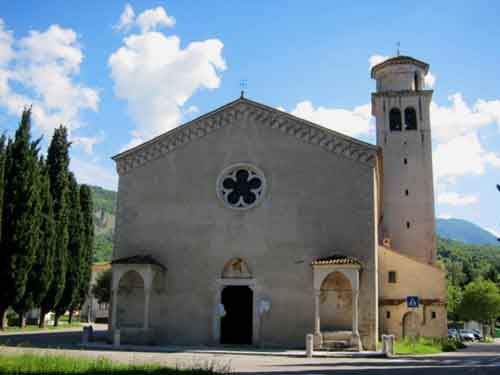 |
 |
Minuccio Minucci Museum Located inside a majestic palace which was built by order of Minuccio Minucci in the 1600's, it is composed of 12 large rooms completely furnished with pictures, carpets, tapestries, pottery, majolica, jades, furniture, silverware and other artistic objects. Everything was gathered up by Camillo De Carlo, a man fond of beautiful things and the last owner of the palace. The palace, to which a small baroque church (1600,) is added, faces the homonymous square encircled by Palazzo Brocca (600'), the Loggia dei Grani and the Rossini theatre; the two latter, designed by the architect Giuseppe Segusini, were built in the years 1843 -1879. |
| St. Augusta Sanctuary The initial ascent to the Sanctuary starts with a majestic flight of steps built up in 1931. The way goes on winding up in a sequence of steps spaced out with six votive chapels (1642s). The Sanctuary (1148 ft) which preserveres the mortal remains of St. Augusta, a virgin martyred and put to death by order on her father the king Matrucco as she had converted to Christianity was built where the Goth castle of Mount Marcantone was located. The Sanctuary interior, repaired and widened in 1450s, contains an altar piece made by Gasperino Sanfiori (1653 ) and the sarcophagus (1451) where the relics of St Augusta are kept up. |
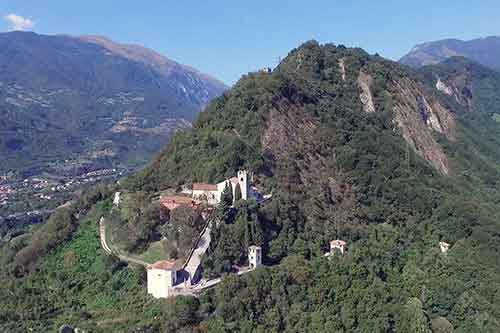 |
 |
Cenedese Museum The Community Palace of Serravalle, now Cenedese Museum, was rebuilt in its present shape in 1462-76 in the place of a previous one of the 1300's. Engineer Francesco Troyer fixed up the museum in 1938. Various paintings made by Francesco Da Milano (1518-20), Pietro Paietta (1845-1911), Cesare Vecellio (1569), Giovanni De Min (1786-1859), sculptures made by Marco Casagrande (1804-1880), ancient coins and archeological findings concerning the local history are collected. The façade, decorated according to the Venetian style, is adorned with many coats of arms which remind the majors who ruled Serravalle from 1337 to 1798. On the le left side of the façade, there is a romanic bell-tower enriched with coats of arms and two clocks. The one situated below dates 1300 and counts 24 hours |
| St. Giovanni Battista Church St. Giovanni Battista Church Built in 1357 an d consecrated to St John The Baptist, it has a romanic-gothic façade with rose-window and portal completed at the end of the 1400s. The steeple is of the same period. The internal structure is made of a nave and two aisles subdivided by column es with capitals adorne d with bas-relief and an apse. On the right side of the entrance, you can find two delicately frescoed chapels belonging to the Galletti and Sanfiori families. On the walls, there are works by the painter Jacopo Da Valenza (1502), Francesco Frigimelica (1600) and Francesco Da Milano (1514). The apse is adorned with an altar-piece made by Francesco Da Milano (1529 ) and two big canvas made by Agostino Ridolfi (1683-89 ). The neighbouring monastery (1400s) is now a Carmelite friars' residence . The internal cloister is worth visiting. |
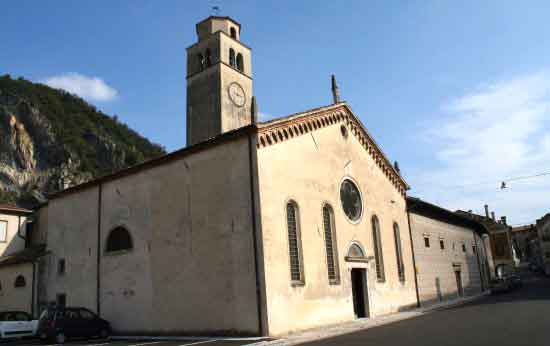 |
 |
St Maria Nova Church The early romanic structure is remarkable on the steeple initial part. Because of ancientness and natural calamities, this church was rebuilt two times and now appears in its last reconstruction of 1779. Its extemal simplicity contrasts with the indoor sumptuousness. The church is made of a nave with rounded comers and a large apse. The ceiling was frescoed by G. Battista Canal. On each side of the nave, there are altars made of valuable marbles surmounnted by altar-pieces and sculptures. As a remain of the previous church, there is the altar "Dei Battuti" with an important marble ancona made by Francesco Caprioli (1600'). ln side the apse, above the high-altar, there is a very interesting altar-piece painted by Tiziano Vecelio in 1547 and on the sides of the apse there are two canvas painted by Francesco Da Milano (1542). |
| St. Giustina Church This church was built by will of Gabriele Da Camino in 1226. It was lately enlarged and almost rebuilt at the end of 1500s. The only one nave internal structure has got a frescoed ceiling (by Tiepolo's school pupils) and preserves in the left chapel the sarcophagus of the last earl of the Da Camino di Sopra family, Rizzardo the 6th dead in 1336. This sarcophagus (1336-40), built by order of his widow Verde Della Scala, is one of the Veneto region greater gothic funeral monuments. Supported in its corners by statues representing four magnificent praying warriors, it is to be considered a true masterpiece. |
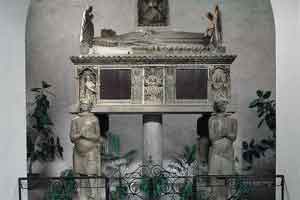 |
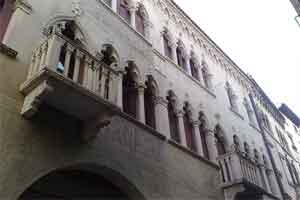 |
Via Martiri della LibertàStarting from St. Lorenzo Gate and walking along Via Martiri della Liberta' and Via Roma you can observe a series of ancient palaces as Palazzo Pancetta (1539)n° 46-50, Casa Sanfiori (1300' ) n°44, Palazzo Sarcinelli (500') n°45, Palazzo Arrigoni-Gaiotti (1520 ) n° 34 , Palazzo Sanfiori (1499 ) n° 21, Palazzo Filomena Marchi (1489) n° 7-11, Palazzo Racola (1469) n° 4-12, Palazzo Troyer (late gothic style) n° 2. Starting from Via Roma Palazzo Cesana-Pesaro (1400s) n°116-120, Palazzo Giustiniani (1500s ) n° 67, Palazzo Cesana Dalla Riva (1600s) n°66, Casa Costantini (1300s) n° 56-58; the Muda gate, a medieval Structure, ends Via Roma and leads visitors to Via Caprera. |

